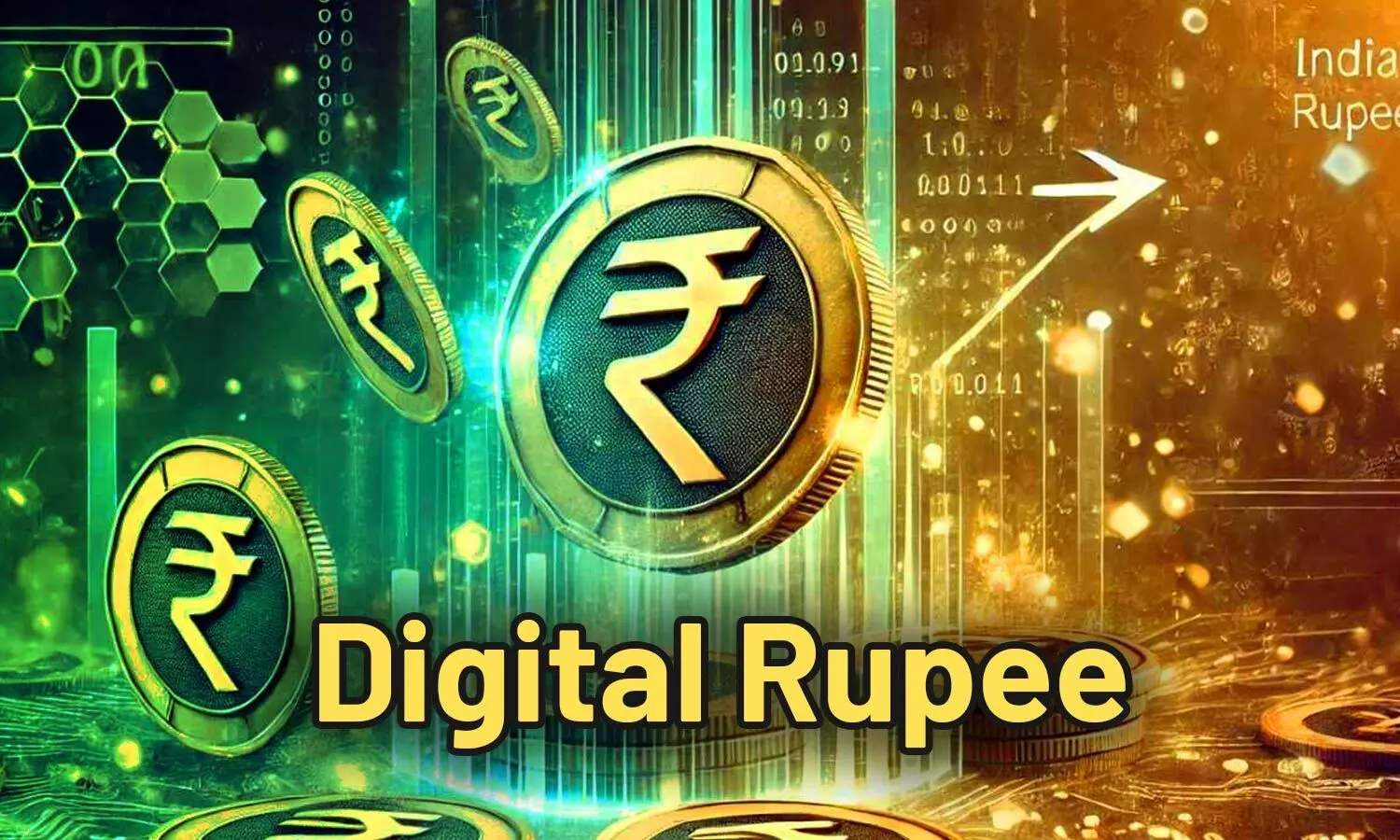What is e-Rupee and how can it be used? Here's everything you should know
Discover how India's Digital Rupee, launched by the RBI, aims to enhance financial inclusion, streamline transactions, and foster economic growth.
image for illustrative purpose

In a bid to harness the power of digital technology and revolutionize the financial landscape, India has joined the ranks of countries embracing the concept of a central bank-backed digital currency (CBDC), aptly named the digital rupee.
Launched by the Reserve Bank of India (RBI), this innovative initiative aims to streamline transactions, enhance financial inclusion, and bolster economic growth. However, its success hinges on careful planning, strategic implementation, and widespread adoption.
So, let's explore some of the key factors that can help the Digital Rupee, also known as e-rupee, thrive in today's digital-driven world.
What is the digital rupee?
The digital rupee is a digital token representing the Indian rupee, issued and regulated by the RBI. It operates on a blockchain-based infrastructure, ensuring secure, transparent and efficient transactions. In fact, unlike traditional currency, the e-rupee exists solely in digital form, eliminating the need for physical cash handling and problems with cross-border payments.
Despite initial scepticism, the digital rupee has the potential to thrive. It was introduced to address the limitations of traditional currency and tap into the vast potential of digital payments. Its primary objectives include:
- Promoting financial inclusion by increasing access to formal financial services
- Enhancing transaction efficiency with quicker and safer digital payment options
- Fostering a cashless economy by decreasing reliance on tangible currency
- Improving regulatory oversight of financial transactions while thwarting possible illegal activity
Ways to make it successful
Collaboration is key: Fostering collaboration among the RBI, financial institutions, fintech startups, and other stakeholders will be crucial for the success of the RBI's Digital Rupee. This will ensure seamless integration, widespread adoption, and efficient regulation of the digital currency in the Indian economy.
Embrace innovation: To succeed, the Digital Rupee must leverage cutting-edge technology, such as blockchain and artificial intelligence. This will ensure security, efficiency, and scalability, setting it apart from traditional payment systems.
Regulatory framework: In an era where addressing issues of privacy, security, and consumer protection is important, establishing a strong regulatory framework will be crucial for the success of RBI's Digital Rupee. This will help build trust among users and ensure compliance with international standards, fostering widespread adoption and acceptance.
Conduct targeted awareness campaigns: Educating the public about the benefits and features of the RBI's e-rupee will be critical to boosting understanding and trust in the new payment system. Thus, by undertaking targeted awareness initiatives via various channels such as social media, workshops, and collaborations with financial institutions, the RBI can ensure that consumers are well-informed and confident in utilizing the digital rupee.
How does it function and what makes it distinct from UPI?
The digital rupee functions similarly to traditional currency, with transactions facilitated through digital wallets, mobile apps, or online platforms. Users can convert physical currency into digital rupees, which can then be used for various transactions, including bill payments, online purchases, and fund transfers.
While both the digital rupee and the Unified Payments Interface (UPI) facilitate digital transactions, the distinction between the two is that UPI is a payment system, whereas the digital rupee is a digital currency. Furthermore, UPI transactions use traditional cash, whereas the digital rupee is a unique digital token.
Consumer adoption of digital currency is a must!
The digital rupee's impact is projected to spread throughout the Indian economy once it is integrated into the country's monetary system. CBDC's successful implementation will have far-reaching and positive consequences on the economy, fueling India's financial growth. Thus, it is time to collaborate to make the Digital Rupee an immense success!

